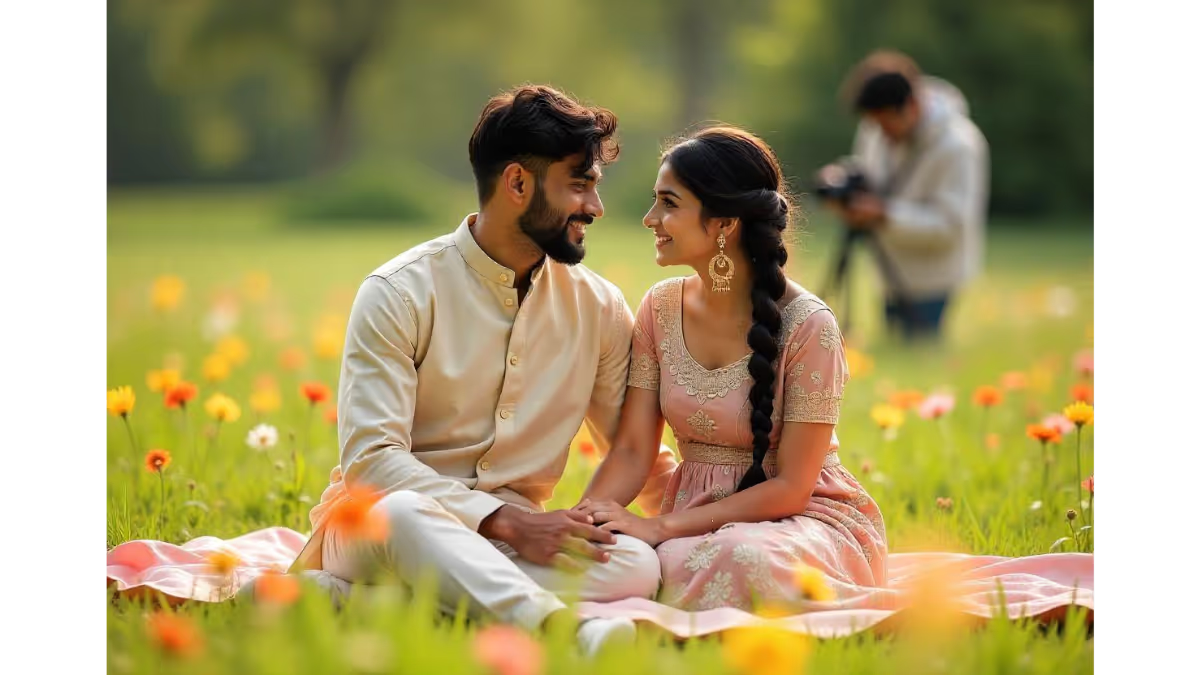Celebrate your wedding in style at Pragati Resorts, Hyderabad's premier wedding destination.
Our resort offers beautiful venues and exceptional services, perfect for both intimate and grand celebrations.
Make your special day unforgettable at Pragati Resorts, where dreams and elegance meet.












